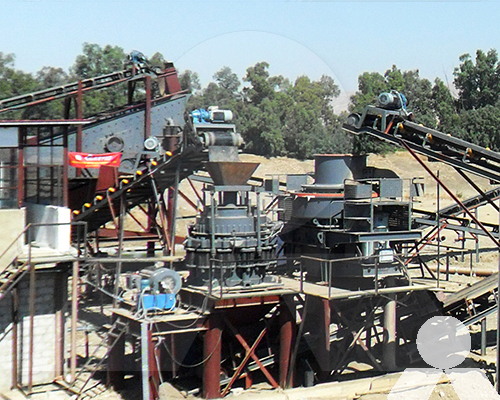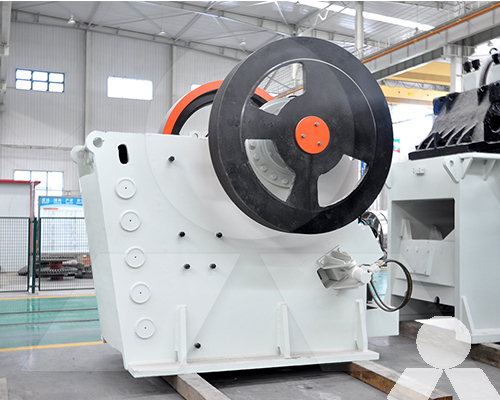Choosing the right primary crusher for your aggregate application
Aggregates are essential materials used in a variety of construction and industrial applications. They are used to make concrete, asphalt, and other building materials. Aggregates are also used in landscaping, mining, and other industries.
Primary crushers are used to break down large rocks into smaller pieces. They are the first step in the aggregate production process. There are two main types of primary crushers: jaw crushers and cone crushers.

Jaw crusher are the most common type of primary crusher. They work by squeezing rocks between two jaws. Jaw crushers are versatile and can be used to crush a variety of rocks, including hard and soft rocks.
Cone crusher work by crushing rocks between a rotating cone and a stationary concave surface. Cone crushers are more efficient than jaw crushers at crushing hard rocks.
When choosing a primary crusher for your aggregate application, there are several factors to consider, including:
- The size and hardness of the rocks: The size and hardness of the rocks will determine the type of crusher that you need. Jaw crushers are a good choice for crushing large rocks, while cone crushers are a good choice for crushing hard rocks.
- The desired output size: The desired output size will determine the size of the crusher that you need. Jaw crushers can produce a variety of output sizes, while cone crushers are typically used to produce smaller output sizes.
- Your budget: Primary crushers come in a variety of prices.
Here is a more detailed look at each of these factors:
Size and hardness of the rocks
Jaw crushers are a good choice for crushing large rocks, up to 12 inches in diameter. Cone crushers are a good choice for crushing hard rocks, such as limestone and granite.
Desired output size
Jaw crushers can produce a variety of output sizes, from 1 inch to 12 inches. Cone crushers are typically used to produce smaller output sizes, from 1/2 inch to 6 inches.
Budget
Primary crushers come in a variety of prices. The price of a primary crusher will depend on the size, type, and capacity of the crusher.

Once you have considered these factors, you can start to compare different primary crushers. When comparing primary crushers, it is important to pay attention to the following specifications:
- Maximum feed size: The maximum feed size is the largest size of rock that the crusher can handle.
- Output size: The output size is the size of the crushed rocks that will be produced.
- Power: The power of the crusher determines how much rock it can crush in a given amount of time.
- Capacity: The capacity of the crusher determines how much rock it can crush per hour.
By considering the factors listed above, you can choose the right primary crusher for your aggregate application.
Here are some additional tips for choosing a primary crusher:
- Talk to a qualified aggregate supplier or manufacturer. They can help you choose the right crusher for your specific needs.
- Get quotes from multiple suppliers before making a decision.
- Consider the cost of maintenance and repairs when choosing a primary crusher.









